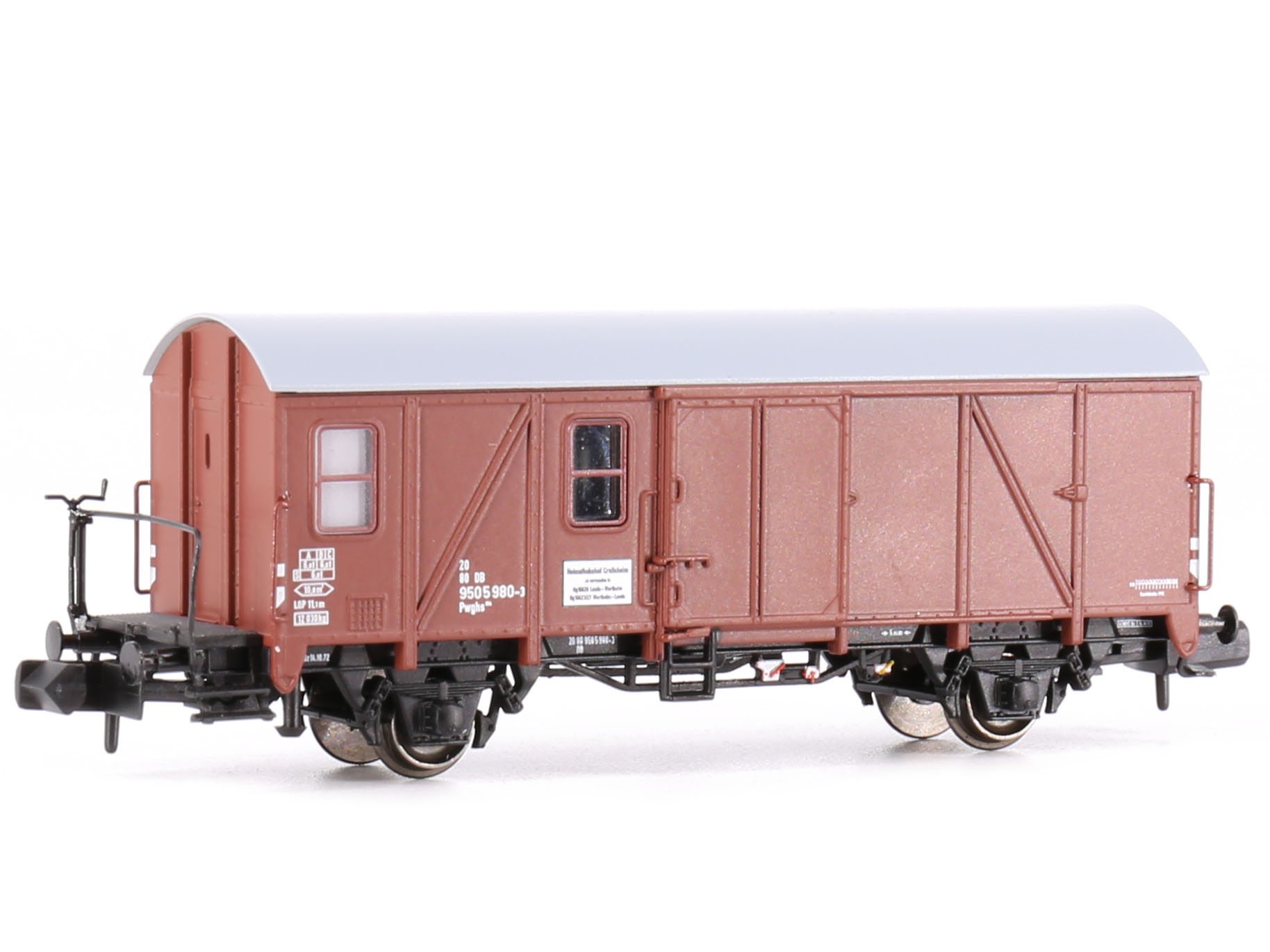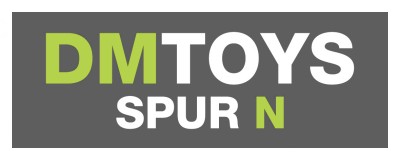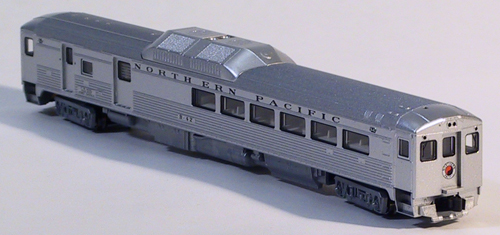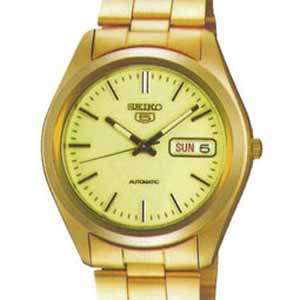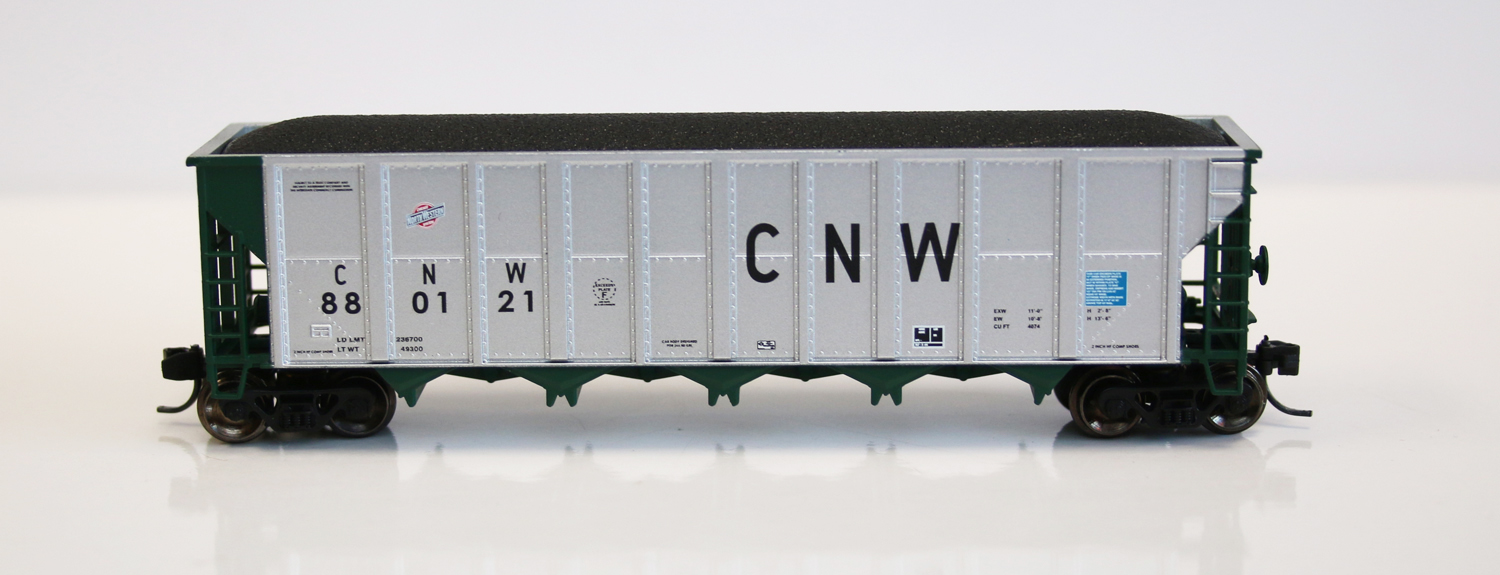Specific Item Information: The lack of freight train luggage wagons at the DB in the mid-1950s led to the development of the Pwghs 54 based on the Gms 54. This avoided the expense of a completely new design and the wagons could simply be converted into normal G wagons. The Pwghs 54 corresponded to the Gms 54, but did not have its loading and ventilation gaps. Instead, the car was equipped with a driver's compartment and toilet as well as a front door that was accessible via the brakeman's platform. 1200 examples were built. Some of the Pwghs 54 were used for express freight after they were put into service, recognizable by the large E on the sides of the car. Other cars were used on branch lines and on the car train to Sylt. From 1970 onwards, over 700 Pwghs 54s that were no longer required were converted to Gls 205s, and the progressive use of diesel and electric locomotives made the use of escort cars for the staff superfluous. Up to the end of the 1990s, however, cars were still used by the DB on branch lines and as escort cars for LÜ shipments, and other cars have survived in private companies as workshop and escort cars, some of which have survived to this day.
The model railway Union gauge N models of the Pwghs 54 cars are characterized by detailed design and printing. Country-specific abbreviations and different addresses are also taken into account. The models are characterized by changes compared to the Gms 54 wagons, such as a door on the front side, windows, door sills and a drainpipe. The carriages have an interior with a driver's compartment and a toilet. All models have a close coupling link and NEM coupler pockets. Each company number appears in an edition of 200 copies. The LüP is 6.9 cm per car.
Road Name History: 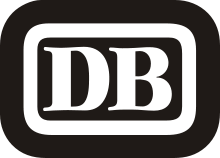 Deutsche Bundesbahn was the Western Germany DB before reunification. After World War II, Germany (and the DRG) was divided into 4 zones: US, British, French and Soviet. The first three eventually combined to form the Federal Republic of Germany (the West) and the Russian zone became the German Democratic Republic (the East). German territories beyond the Oder were ceded to Poland except for the northern part of East Prussia, which was ceded to the Soviet Union in 1945.
Deutsche Bundesbahn was the Western Germany DB before reunification. After World War II, Germany (and the DRG) was divided into 4 zones: US, British, French and Soviet. The first three eventually combined to form the Federal Republic of Germany (the West) and the Russian zone became the German Democratic Republic (the East). German territories beyond the Oder were ceded to Poland except for the northern part of East Prussia, which was ceded to the Soviet Union in 1945.
From 1949, the new governments assumed authority for railway operations. The DRG's (or DR's) successors were named Deutsche Bundesbahn (DB, German Federal Railways) in West Germany, and Deutsche Reichsbahn (DR, German State Railways) in East Germany kept the old name to hold tracking rights in western Berlin.
Unlike the DRG, which was a corporation, both the DB and the DR were federal state institutions, directly controlled by their respective transportation ministries. Railway service between East and West was restricted; there were around five well-controlled and secure checkpoints between West and East Germany, and about the same number between East Germany and West Berlin. Four transit routes existed between West Germany and West Berlin; citizens of West Berlin and West Germany were able to use these without too much harassment by the East German authorities.
The DB started in 1968 with changing the locomotive and passenger car serial numbers to the UIC norm. In 1970 the DR followed. The DB started experimenting with the Intercity trains in a new livery (bright orange).
In 1989, the Wall fell. Train frequency rapidly increased on the existing East/West corridors; closed links which had formerly crossed the border were re-opened. On 3 October 1990, Germany was reunified; however, this was not immediately the case with the railways. Administrative and organisational problems led to the decision to completely re-organize and reconnect Germany's railways. The so-called Bahnreform (Railway Reform) came into effect on 1 January 1994, when the State railways Deutsche Bundesbahn and Deutsche Reichsbahn were formally reunited to form the current German Railway Corporation (Deutsche Bahn).
From Wikipedia

From 1949, the new governments assumed authority for railway operations. The DRG's (or DR's) successors were named Deutsche Bundesbahn (DB, German Federal Railways) in West Germany, and Deutsche Reichsbahn (DR, German State Railways) in East Germany kept the old name to hold tracking rights in western Berlin.
Unlike the DRG, which was a corporation, both the DB and the DR were federal state institutions, directly controlled by their respective transportation ministries. Railway service between East and West was restricted; there were around five well-controlled and secure checkpoints between West and East Germany, and about the same number between East Germany and West Berlin. Four transit routes existed between West Germany and West Berlin; citizens of West Berlin and West Germany were able to use these without too much harassment by the East German authorities.
The DB started in 1968 with changing the locomotive and passenger car serial numbers to the UIC norm. In 1970 the DR followed. The DB started experimenting with the Intercity trains in a new livery (bright orange).
In 1989, the Wall fell. Train frequency rapidly increased on the existing East/West corridors; closed links which had formerly crossed the border were re-opened. On 3 October 1990, Germany was reunified; however, this was not immediately the case with the railways. Administrative and organisational problems led to the decision to completely re-organize and reconnect Germany's railways. The so-called Bahnreform (Railway Reform) came into effect on 1 January 1994, when the State railways Deutsche Bundesbahn and Deutsche Reichsbahn were formally reunited to form the current German Railway Corporation (Deutsche Bahn).
From Wikipedia
Brand/Importer Information: Modellbahn Union is a hobbyshop in Kamen, near Dortmund, Germany. They also produce their own range in HO, TT and N scales.
Manufacturer Information: DM-Toys is a small company headquartered in Issum in the Lower Rhine area, Germany. DM-Toys has specialized in the wholesale trade and mail order of N scale products from all over the world. DM-Toys also operates its own small manufacturing in Germany. The majority of its goods is however produced for us abroad (UK, U.S., Japan and China).
Item created by: lukas.r.gray on 2022-09-21 04:08:29. Last edited by gdm on 2022-09-21 08:06:56
If you see errors or missing data in this entry, please feel free to log in and edit it. Anyone with a Gmail account can log in instantly.
If you see errors or missing data in this entry, please feel free to log in and edit it. Anyone with a Gmail account can log in instantly.


